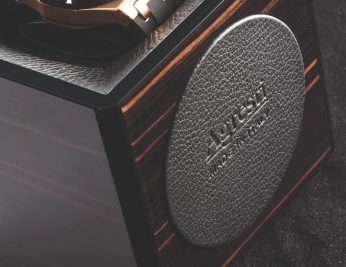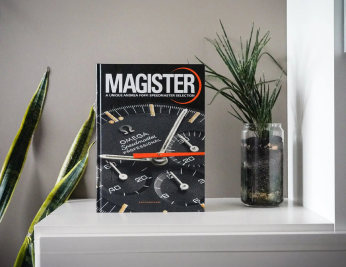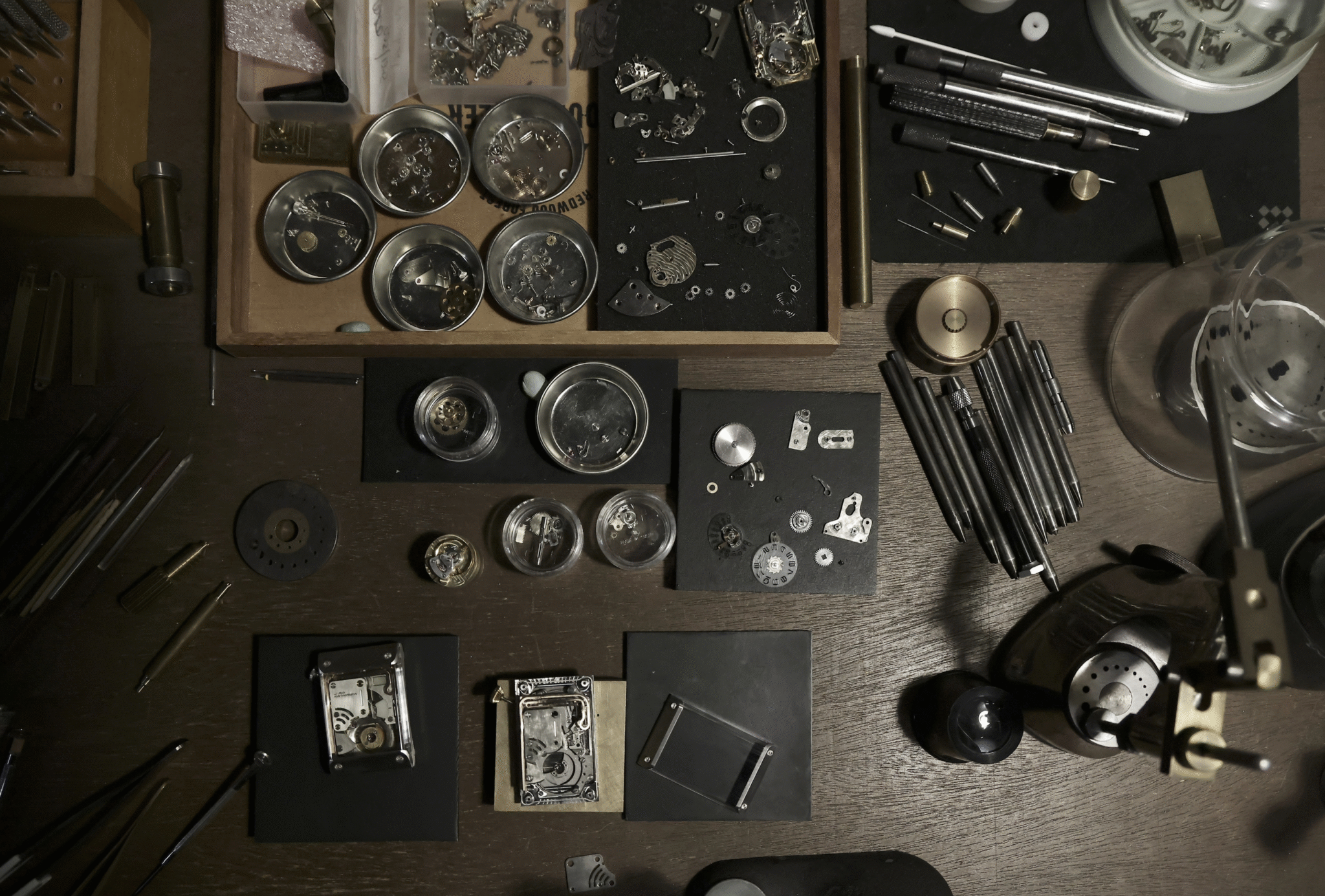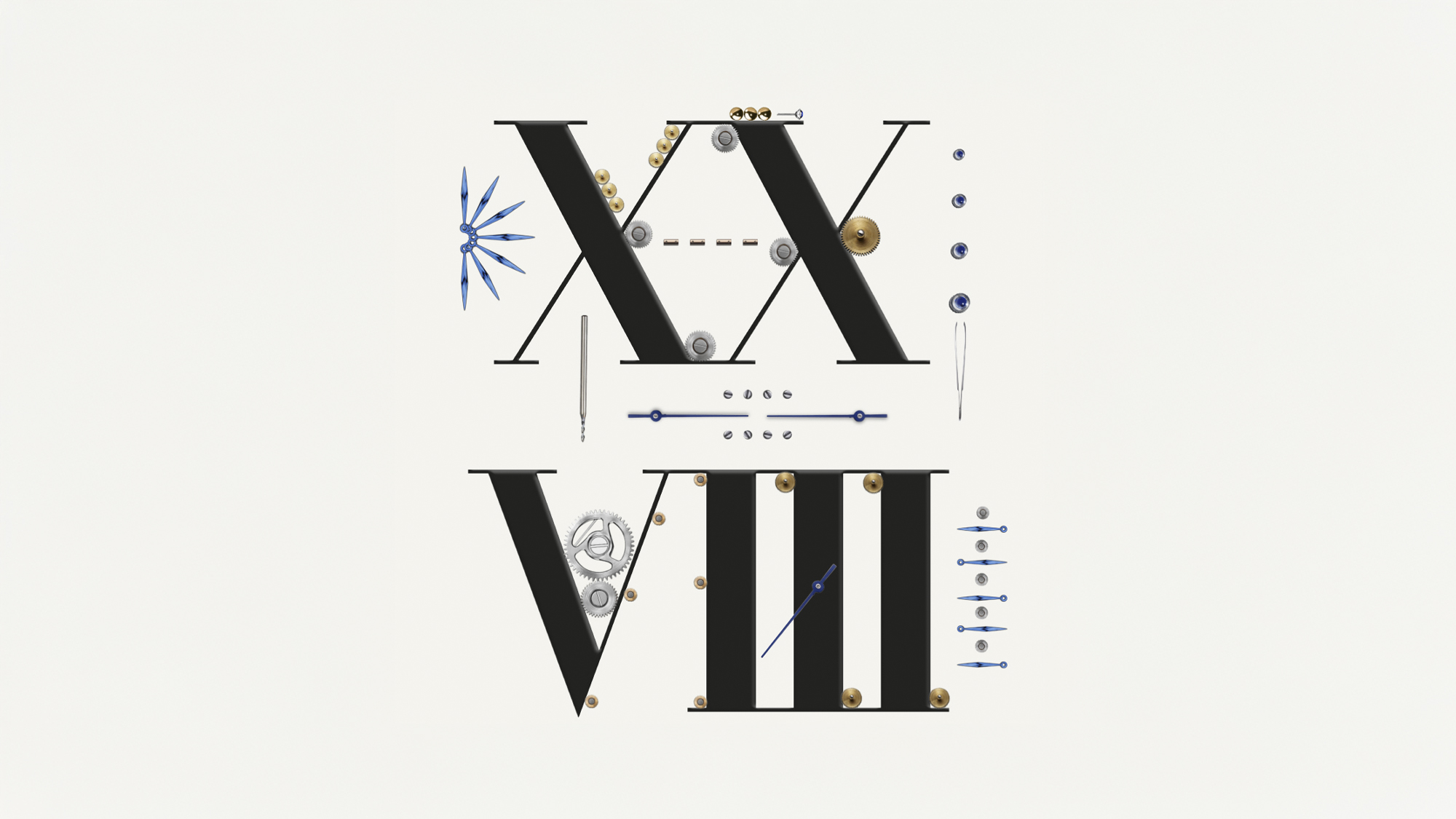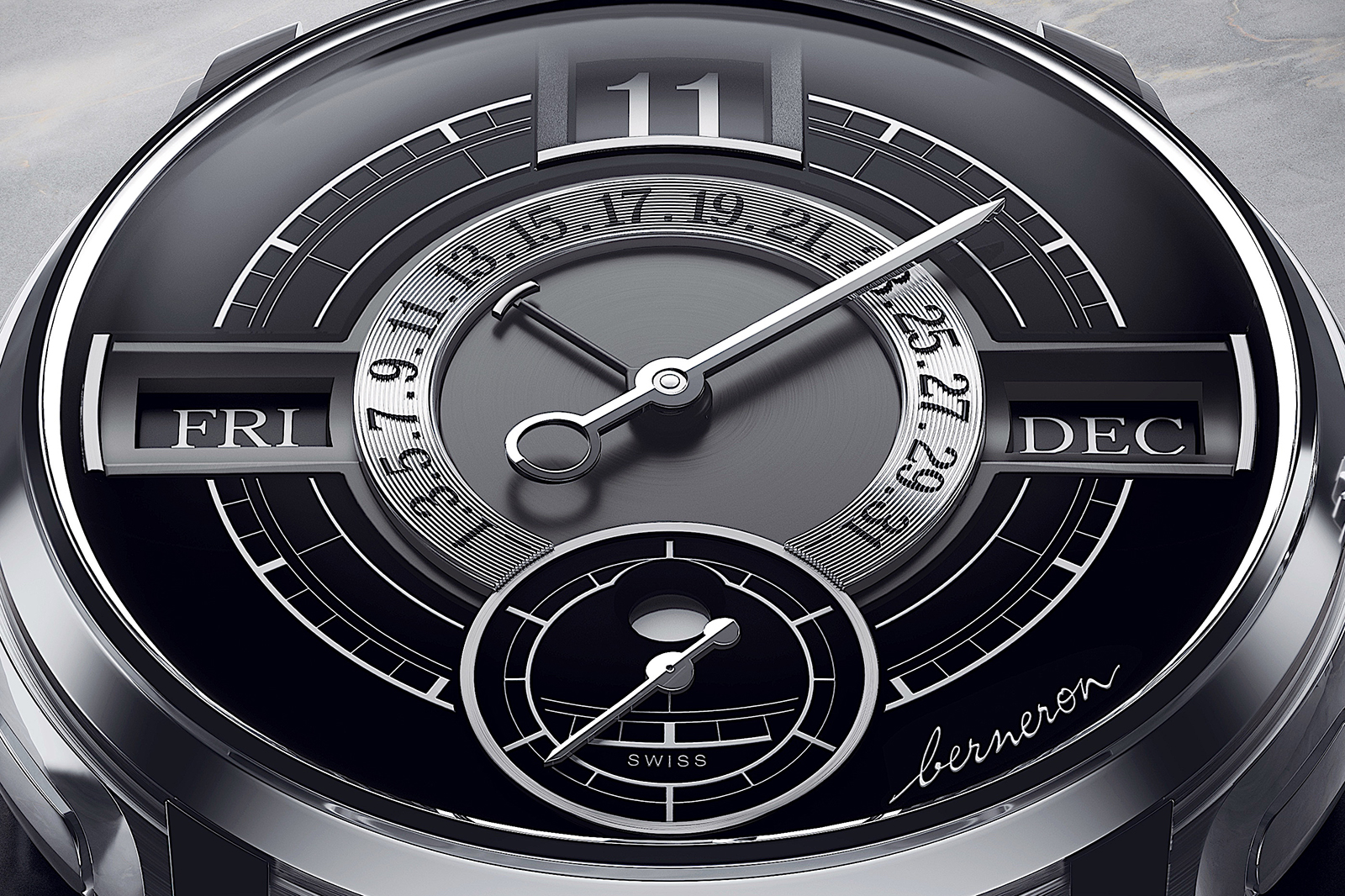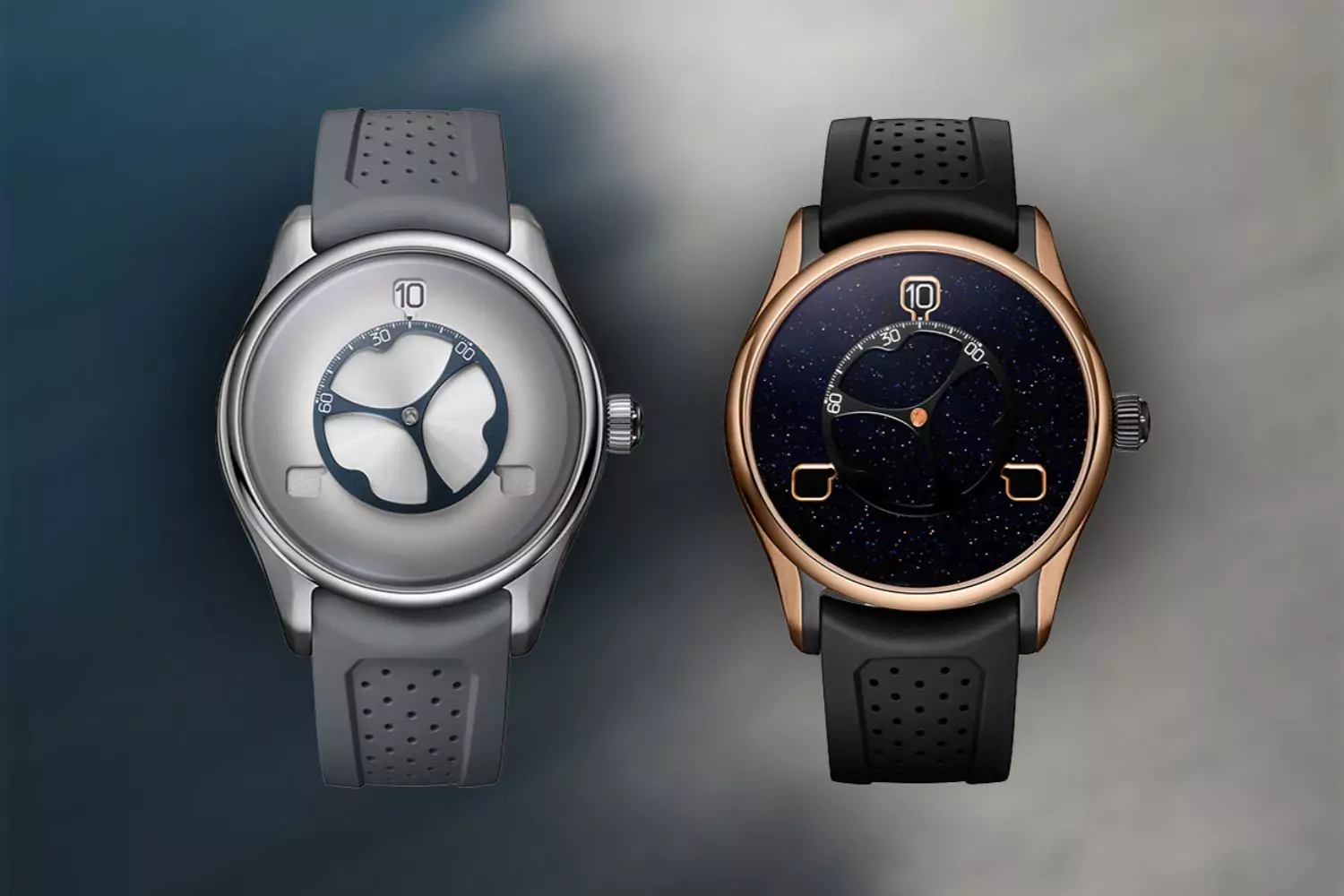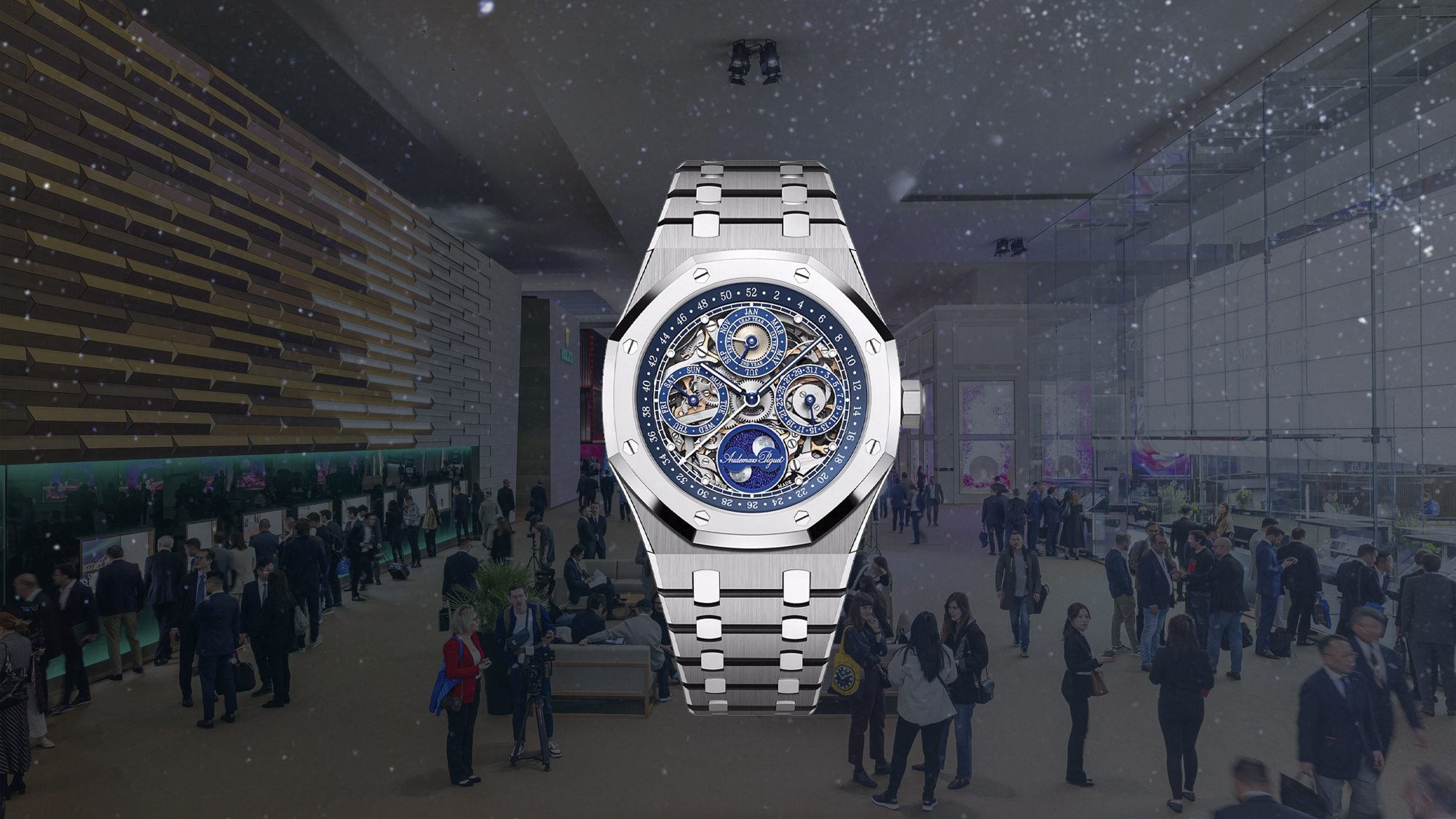Today it is customary to exclude Rolex from the empire of watchmakers who stand out in terms of great complications.
The crowned maison, market leader and absolute beacon when it comes to professional watches, is often accused of not wanting to “complicate life”, leaving the challenge of the great complications to high-end watchmaking brands such as Audemars Piguet, Chopard, Patek Philippe, which on the subject offer a wide showcase (Perpetual Calendar, Minute Repetition Hours of the World, Sky Moon Tourbillon, etc.).

Rolex, in short, would have long rested on the laurels of its successful production, limiting the complications (if we exclude that of the date) to the more basic ones of the GMT, the DayDate, the Chronograph and the annual calendar (with the Sky-Dweller).

We know that “complication” means anything that goes beyond the basic function of marking hours, minutes and seconds. To learn more, take a look at the IWS article “Guide To All The Complications Of A Watch“.
Few people know, however, that in the past Rolex has experienced a “golden age” in which the great complications have enriched extraordinary models, which today are unobtainable and of extreme value.
The rarest in the world: the Rolex chrono split-seconds ref. 4113
Not everyone knows, in fact, that the rarest and most unobtainable Rolex is just a rattrappante chrono, the reference 4113. The first and only split-seconds produced by Rolex.
A chronograph is defined as rattrappante (or, again, “split-seconds”) when it is characterized by two overlapping hands (hence the name “splitting”): the second hand is located under the stop seconds hand and, until it is activated, remains hidden and not visible.

This complication, the most refined and articulated with regard to chronographs, serves to calculate – with a single action (and with a single chronograph) – two race times, that is, two events that start together but have different durations (for example in motor racing) as well as the intermediate time between the two events.
When the chronograph is started, the two hands start simultaneously, as if they were one; pressing the button the additional hand stops to mark the time of the first event, while the main one continues to turn and mark the time of the second event (the two hands, therefore, “split”). Pressing the button again marks the time of the second event. Thus the intermediate time between the two events is also measured, that is, the time difference between the first and second hands. The term French “rattraper” means “to recover” or “to reassemble” and indicates the fact that, once again on the button of the rattrappante, the first hand reaches the second in the position where it had stopped.
Why is it so special?
The Rolex 4113 is truly a mythological model in the history of watchmaking. First of all, it is an experiment never again proposed by the Maison, an “unicuum” in the history of Rolex (unfortunately). Moreover, it is a model that has never even been put on the market and in an official catalog: the only 12 existing specimens had in fact been produced and delivered as a tribute to drivers and car racing teams (in particular, for the “Giro di Sicilia”).
The very rare 12 Rolex ref. No. 4113 were produced in 1942 and boast consecutive serial numbers ranging from 051’313 to 051’324. Among these, the specimen with the number 051’321 belongs to the Italian collector Auro Montanari alias Goldberger; the number 051’323 to Sandro Fratini.
The model with the number “051’313” was sold at auction by Christie’s in 1991 for 82,500 Swiss francs; it belonged to the pilot and baron of Salinella Stefano La Motta (1920-1951), who died in an accident during a car race. In 2011, Christies’s also sold the “051’318” for 1,035,000 Swiss francs.

The Phillips auction house has also taken care of the sale of some of these very rare timepieces: in 2014 the specimen number 051’314 was auctioned, at a record figure of 2,405,000 Swiss francs and in 2018 the n. 051’318 is again sold for 1,940,000 Swiss francs.

But the rarity of the Rolex 4113 lies not only in the uniqueness and scarcity of the pieces but also in the intrinsic characteristics of the watch, which certainly does not respond to the “typical” aesthetic canons of the crowned maison.
With a round extra-large case in steel, 44 mm in diameter, this model turns out to be the largest ever in the history of Rolex, while remaining very discreet on the wrist, also thanks to the elongated and elegant lugs. The extremely thin bezel, almost invisible, enhances the dial to the maximum, which is also unique in its kind.

Even the dial, in fact, differs from the classic rolex lines: in matt silver, it has rose gold indexes alternating between Arabic numerals and chopsticks.
Of course, the eye falls on the two overlapping second hands, characteristic of the shrinking complication: as in most shrink watches, one of the hands has an open ring, the other an arrowhead.
Two additional dials stand out: on the left, at 9 o’clock (for continuous seconds) and on the right, at 3 o’clock (for the recording of minutes) which with their presence “cut” the indexes to Arabic numerals of 2.4, 8 and 10 hours.
At 6 o’clock the inscription “Antimagnetique” (in some copies it is separated “Anti-magnetique”) and the signature “Swiss made”. The Rolex logo (with the inscription “Cronographe”) remains and as usual at 12 o’clock.

The watch is equipped with three buttons: one built into the crown, which activates the chronograph; two other rectangular buttons, positioned on the sides of the same crown, of which the one at the top that activates the split-seconds function, the one at the bottom that resets the chronograph.
Along the outermost perimeter of the dial is positioned the tachymeter scale printed in black, used to measure the average hourly speed over a distance (km / h), a speed that decreases the more the time taken by the hypothetical means to travel the unit space increases.
There is also a blue telemetry scale, which allows you to measure the distance in km at which a luminous phenomenon has occurred followed by a sound, such as a flash and thunder or a firework (the chronograph starts when you see the lightning and stops when you hear the thunder).

Another peculiarity: this watch is not equipped with the iconic hermetically sealed “Oyster” case, resistant to dust and water, but has a non-waterproof case, such as the “Pan” (Ref. 8171). The latter is another example of the “golden age” of Rolex, being a model with the complications of the complete calendar and the phases of the moon, also never again proposed by Rolex in modern catalogs.
The Rolex 4113 houses a hand-wound movement, the Calibre Valjoux 55.
The Daytona Split-seconds: a dream to celebrate 60 years in 2023?
Next year the Rolex Daytona chronograph, born in 1963 and the undisputed star of the maison, turns 60. It would be a dream to celebrate this anniversary with a rattrappante model, reproposing the complication shown off by the Ref. 1443 and never presented again.
It would be an epic model, which would see the combination of the iconic aesthetics of the Daytona with the superlative complication of the double second hand. This complication, in fact, despite being among the most sophisticated as far as chronographs are concerned, does not invasively impact on the geometry and aesthetic balance of the watch, limiting itself to adding the “hidden” hand. A complication that, therefore, would leave intact the iconic harmonies of the now legendary dial of the Daytona. It would, however, be, on a mechanical level, a significant upgrade that would make this version of inestimable value and would qualify Rolex as the star of the Olympus of watchmaking maisons also in terms of complications.
A return, in short, to the golden age of Rolex, the forgotten era in which even the crowned maison loved to experiment and challenge itself on the treacherous terrain of complications. An example of this is the Rolex No. 4113, which we have just seen, but also other models. For example, the Rolex Chronograph ref. 6236, also called Dato-Compax “Jean Claude Killy“, named after the skier French three-time Olympic champion; This is the only Rolex chronograph with the complication of the complete calendar.

Again, the Rolex cd. Padellone, Ref. 8171, with calendar and moon phases, also testimony that, in past years, Rolex was a great lover of complications.

Recently, as we have seen, Rolex has preferred to follow the path of a certainly successful story, focusing production on the reliability of the stars of its catalog without daring too much. Today the most complicated watch on the Rolex price list is the Sky-Dweller. Technically very complex experiment: presented at Baselword 2012, it is Rolex’s first annual calendar timepiece, as well as having the double time zone. The Sky-Dweller is proof of how the Genevan maison has not forgotten its “complicated era” and is perfectly able to combine the proverbial reliability of watches with the development of the most daring technical acrobatics and mechanical refinements.
Translated by: Enrico Della Guerra

